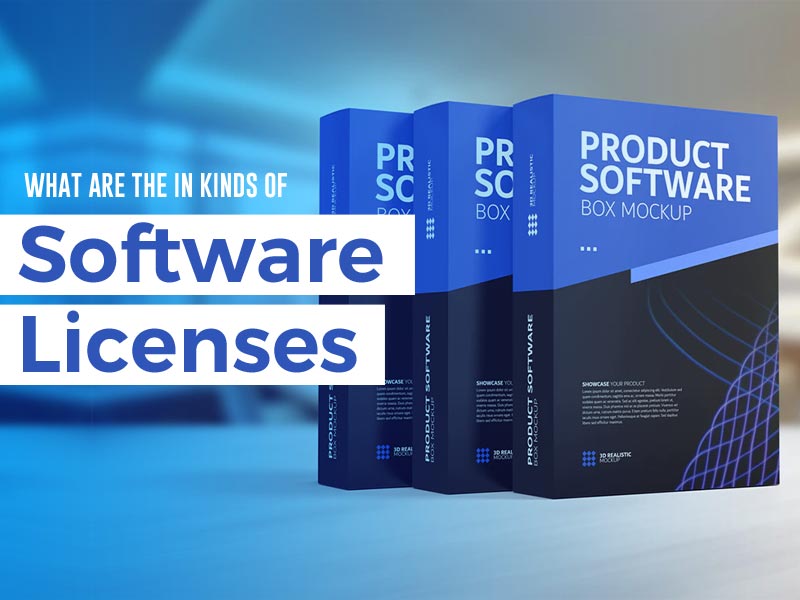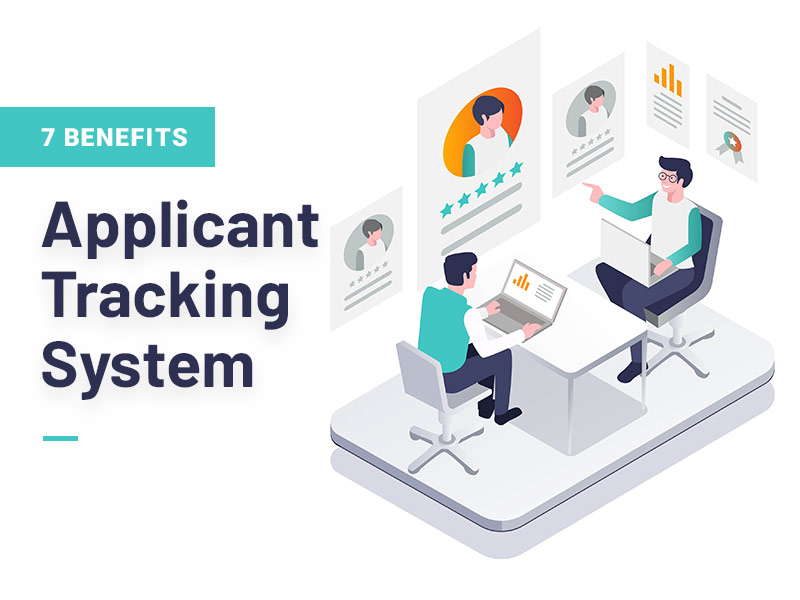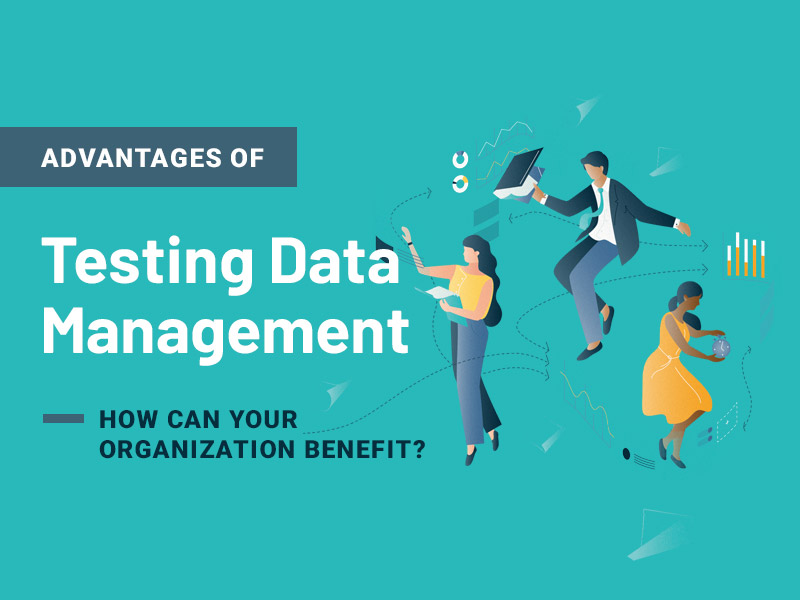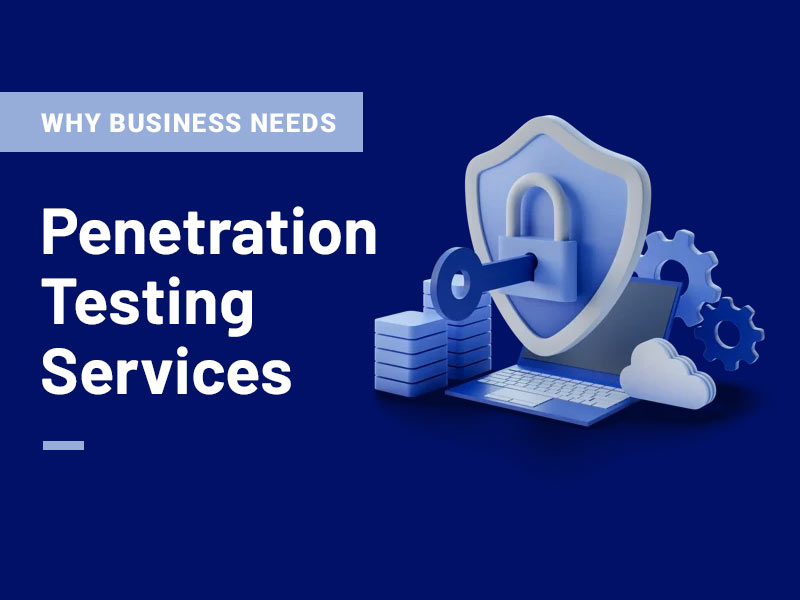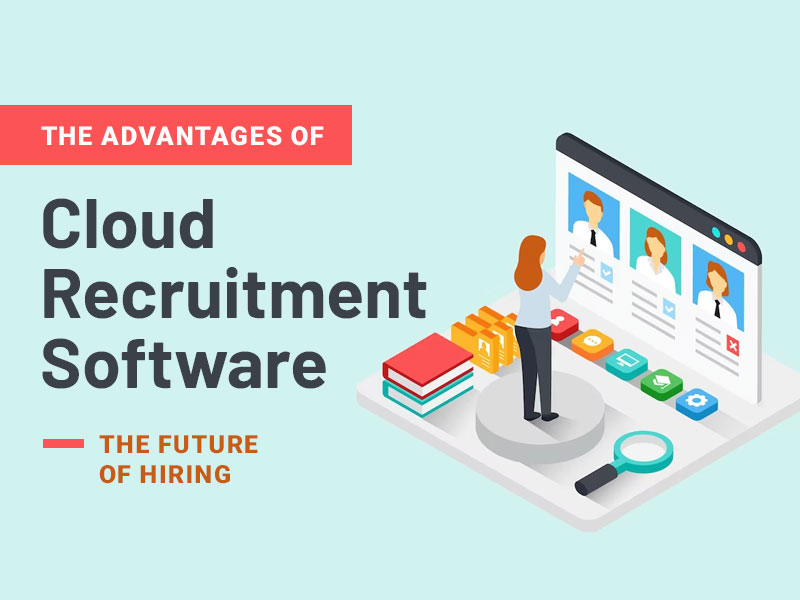Anyone who writes code will most likely reuse old code or parts of it when working on new projects. It can be a productive way of getting more done by reusing code that you’ve already made and making it fit into new applications.
All software code features obligations and rights that developers must be aware of before they begin implementing the code. Open-source and free software are free to use, but there are still certain guidelines you must abide by.
The type of software license that comes with the code will determine the types of restrictions that you must be aware of. There are several main kinds of software licenses and knowing more about them will help you to avoid any hefty penalties. The original author of the code may sue you or make you publish your source code for others to use in return for you using their work.
Organizations need to understand how these software licenses work to avoid being sued and to ensure that they aren’t in a position where they have to share code when they don’t want to. Our post takes you through what some of the main software licenses are so that you can feel more confident about keeping your code protected and using other people’s code with no issues.
What Are Software Licenses Used For?
Software licenses are agreements in the form of a legal document that covers various conditions for recipients and authors of the original code. These conditions are laid out so that both parties are happy with the agreement to use code while ensuring that the original developer can protect their work.
If you’re using someone else’s code or giving permission to others to use your work, it will often include specific details about how the software can be used, where the software can be installed, as well as how the code can be redistributed, modified, or copied.
By having these terms clearly laid out in a legal document, developers can keep their intellectual property better protected. It also gives you more control over how you want your code to be used by others so that it’s not being used for anything that you don’t agree with.
MIT
MIT software licenses have been becoming more and more popular over the years with large organizations, such as Google, using them. It’s a free permissive software license that allows users to use the software as long as all of the copies of the new code come with the terms of the MIT license.
General Public License
General public licenses, or GNU/GPL licenses are a common open-source license that was established back in 1983 and large organizations, such as WordPress, are using these licenses today. It’s a copyleft license that was made for people of the public to be able to benefit from the developer’s code.
You’re only able to distribute work that uses code under a general public license if it includes the original terms with no changes. As a result, the end-user is able to gain the rights of the software while ensuring that they’re protected when using the license more freely.
When someone gains code under a general public license, the terms must be clearly communicated to them. Once they agree with the terms and conditions of the license, they’re given the freedom to copy, distribute, or alter the code how they like.
Some developers will provide this free and others will provide it for a fee that is in compliance with copyleft laws. Copyleft means that you’re providing the rights to someone to use the work without having to worry about the rights being taken away from them at any point.
Creative Commons
Creative Commons licenses exist to help developers to build upon other people’s work in a way that’s legal to share. These licenses include many copy-right licenses that the public can use for free.
Software creators can use creative commons licenses as a way to let people know which rights they waive for others as well as the rights that they want to reserve for themselves. This type of license is easy to understand which means that there are fewer issues for developers to face.
In most instances, the authors using creative commons licenses aren’t interested in using the software for commercial purposes. Instead, they want themselves and the recipient of the license to both benefit from the work together.
Conclusion
Developers and people in organizations who are dealing with code will want to ensure they understand what licenses are involved with the code that they’re using. Understanding how the different licenses work helps to keep your code protected while also using other people’s code without breaking any of the guidelines.
Hopefully, our post has provided you with more clarity about what some of the main kinds of software licenses have to offer.
